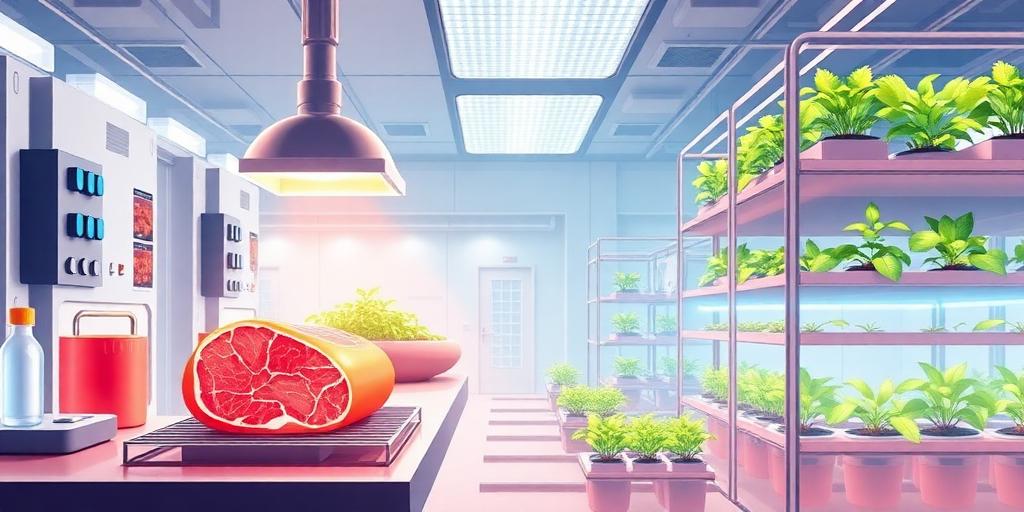Food Tech Innovations: Lab-Grown Meat, Vertical Farming (2025)
The food industry is on the cusp of a technological revolution, driven by the need for sustainable and efficient food production methods. By 2025, lab-grown meat and vertical farming are expected to play pivotal roles in reshaping how we produce and consume food. Let’s delve into these innovations.
Lab-Grown Meat: A Sustainable Alternative
Lab-grown meat, also known as cultured meat or cultivated meat, involves producing meat from animal cells in a laboratory setting. This process eliminates the need for traditional animal agriculture, which is a significant contributor to greenhouse gas emissions, deforestation, and water pollution.
Benefits:
- Reduced Environmental Impact: Lab-grown meat significantly reduces the carbon footprint associated with meat production.
- Ethical Considerations: It addresses ethical concerns related to animal welfare.
- Resource Efficiency: Requires less land, water, and feed compared to conventional livestock farming.
- Controlled Production: Allows for the manipulation of nutritional content and reduction of harmful substances like antibiotics.
Vertical Farming: Optimizing Urban Agriculture
Vertical farming involves growing crops in vertically stacked layers, often in controlled indoor environments. This method maximizes space utilization and enables year-round crop production, regardless of external weather conditions.
Benefits:
- Increased Crop Yields: Vertical farms can produce significantly higher yields per square foot compared to traditional agriculture.
- Reduced Water Consumption: Closed-loop systems recycle water, reducing overall water usage.
- Elimination of Pesticides: Controlled environments minimize the need for pesticides.
- Localized Food Production: Vertical farms can be located in urban areas, reducing transportation costs and emissions.
- Year-Round Production: Crops can be grown regardless of seasonal changes.
Challenges and Opportunities
While both lab-grown meat and vertical farming offer tremendous potential, they also face challenges.
Lab-Grown Meat Challenges:
- Scalability: Scaling up production to meet global demand remains a hurdle.
- Cost: Currently, lab-grown meat is more expensive to produce than conventional meat.
- Consumer Acceptance: Public perception and acceptance are crucial for widespread adoption.
- Regulation: Clear regulatory frameworks are needed to ensure safety and transparency.
Vertical Farming Challenges:
- Energy Consumption: Indoor farming can be energy-intensive, especially for lighting and climate control.
- Initial Investment: Setting up vertical farms requires significant upfront capital.
- Crop Selection: Not all crops are suitable for vertical farming.
The Future of Food
By 2025, advancements in technology and increased investment are expected to address many of these challenges. Lab-grown meat could become more affordable and widely available, while vertical farms could become more energy-efficient and integrated into urban landscapes. These innovations promise a more sustainable, ethical, and efficient food system for the future.
